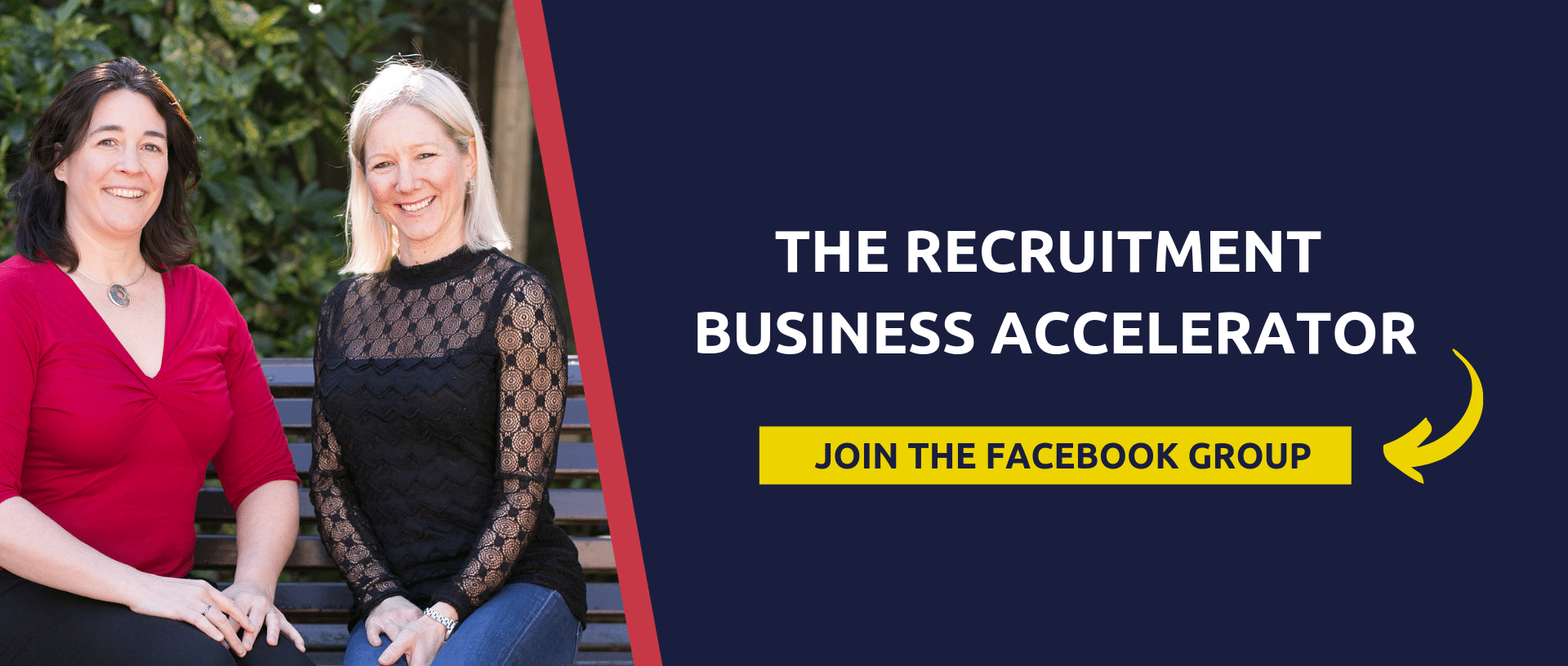Tony Robbins, the well known personal development coach, has a saying that goes something like this:

It is straightforward and perfect as a lead into today’s post. Being an entrepreneur and running your own business can have its up’s and downs. However, if you focus on specific areas that are known to deliver results, you will create the success you want. Enter the KSF.
What are KSF’s and How Can They Help You?
In the recruitment arena, many of us are used to KPI’s, in other words, key performance indicators. When I first started in the industry, I knew if I made 100 dials I would probably (in those days!) get to speak to about 10-15 potential clients. If I hit the magic 12, I knew that I would get meetings with at least 6 of them and from there I was able to convert a minimum of 2.
As BD has always been a strength of mine, the figures would often be higher.
Suddenly my life became simpler if I know my input metrics (make 100 dials) my output metrics, a minimum of two conversions would take place.
Classic KPI activities; well maybe, let me come back to it.
KSF’s are the new kid on the block, and it stands for Key Success Factors which is a more strategic way of looking at the focus on what is working.

KSF’s basically answer the question of what needs to be ‘done’ in order to be successful. Their focus is more qualitative rather than quantitative.
As an example, one Key Success Factor might be to work in a niche area of a growing market placing senior roles.
Another might be increasing all fees to a minimum of 18%. Another might be the specific type of roles that are placed.
Where People Go Wrong
When it comes to measuring activity, there isn’t anything wrong with that at all; infact it’s to be encouraged; provided of course the ‘right’ activity that will deliver results is what is measured.
Here at Centredexcellence throughout all our programmes, we have a focus on analysis and uncovering the KSF’s that work for an individual business.
Let me give you an example in a previous post we talked about completing a business x-ray. This is a process that will help you uncover where your business comes from.
Imagine during this process that you discover the easiest roles to place are HR managers in organisations of 150 plus people (this is an example only).

Suddenly you then appreciate that organisations of 150 plus are your target group. However, Jane is working to a KPI of dialling any company within a 100-mile radius of Manchester.
Imagine therefore if Jane had a specific KSF related to this 150 employee criteria; do you think she or her billing pod might make more revenue?
The pareto principle demonstrates that 80 % of our results come from 20% of our activities. This is KSF’s in action.
I am sure anyone reading this blog keeps activity logs and records.
Let’s say you know that if you stick to working certain roles, 5 CVs will deliver 4 interviews that will deliver 2 offers. This data is golden and could make the difference between cashflow hell or heaven.
In our next programme, we are covering this in depth including our own process for identifying your golden KSF’s. If you want to know more than emailing us here and let’s have a conversation.








